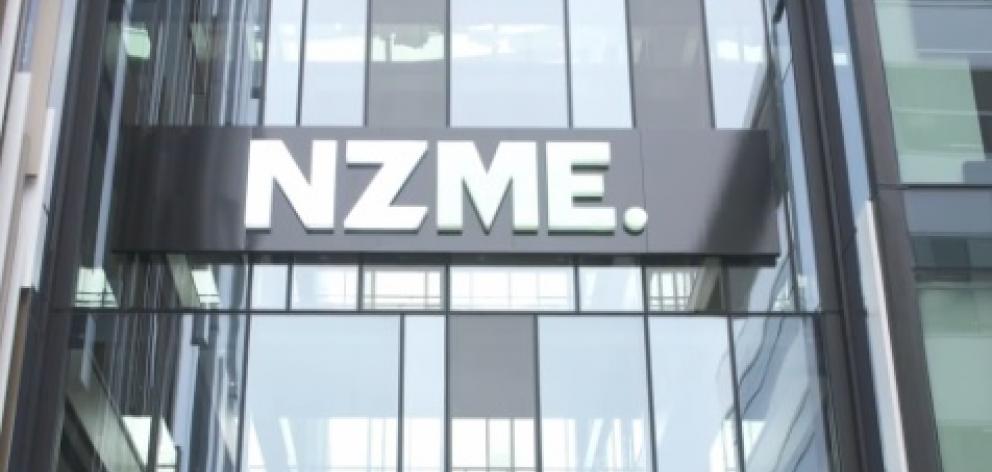
NZME and Fairfax New Zealand are talking up their credentials as a locally-listed company that pays tax in their latest efforts to win regulatory approval to merge to create a news operation the competition regulator fears will be too dominant.
The news organisations say a merger would let them build a "real opportunity" to compete with the likes of online ad giants Google and Facebook, which take about 80% of all digital ad revenue, to create a sustainable business that supports local journalism and contributes to New Zealand's tax base, they said in response to questions that arose from a public conference held by the Commerce Commission on their merger proposal last year.
"NZME and Fairfax see this as an excellent opportunity for New Zealand journalism, other New Zealand media companies, New Zealand advertisers (including central and local government) and investors on the NZX (including ACC and NZSF)," the companies said. "These are real benefits likely to result from the merger that outweigh any concerns about concentration in ownership of (in any event non-overlapping) print products, in the converged and diverse market for New Zealand news and information."
Fairfax's New Zealand unit generated a tax credit of $1.4 million in the 12 months ended June 30, 2016, after the publisher wrote down $106.8 million from the value of its mastheads, buildings, and software, leading to a pre-tax loss of $76.4 million. In 2015, Fairfax NZ's report tax payable of $12.5 million.
NZME has only been operating as a standalone entity since June last year, and its tax expense for the six months ended June 30, 2016 was $61.5 million, which included a settlement with the Inland Revenue Department over alleged tax avoidance.
The commission is due to make a final decision by March 15 and held a two-day conference on the matter in Wellington last month. The regulator's draft decision was that authorising the deal's impact on diversity of media coverage outweighed the size of expected financial gains. The Commerce Act can authorise anti-competitive deals, provided it's satisfied "the acquisition will result, or will be likely to result, in such a benefit to the public that it should be permitted".
In their latest submission, the publishers say a merger would let the new entity generate positive cashflow, giving it time to "maintain the number and quality of its journalistic coverage while at the same time growing its digital revenues to a point that they are sufficient to support the New Zealand publishing businesses' large fixed cost base".
That would form a base "where the digital business adequately funds the quantity and quality of journalism produced today, so the businesses are not reliant on print to support their fixed costs (although some print products are likely to remain, the print products will not be essential to cover fixed costs as they are today)".
Fairfax and NZME have previously played down the size of editorial job cuts if a merger gets the go-ahead, saying of the $136.5 million to $218.7 million of quantified benefits over five years in the draft decision, only 10% to 13% of that total would come from "a reduction in duplicated journalist roles".
NZME was pitched as a yield stock when it was carved out of APN News & Media, offering a dividend ratio of 60-80% of underlying profit compared to APN's then ratio of 40%-60%. It declared an inaugural interim dividend of 3.5 cents a share in August, 66% of pro-forma earnings per share, and will report annual earnings on February 24.
Fairfax New Zealand resumed payments to its Australian parent in 2016, with dividends of $31.4 million. That followed a dividend suspension and $76.5 million from the parent balance sheet the year before, when Fairfax in New Zealand rolled out a new model for its national newsrooms.











